Could Ferrari's fuel strategy masks true potential at Bahrain test?
Ferrari's performance in the Bahrain test left many with doubts, particularly regarding their high tire degradation. Insiders suggest that there may be more to the story.
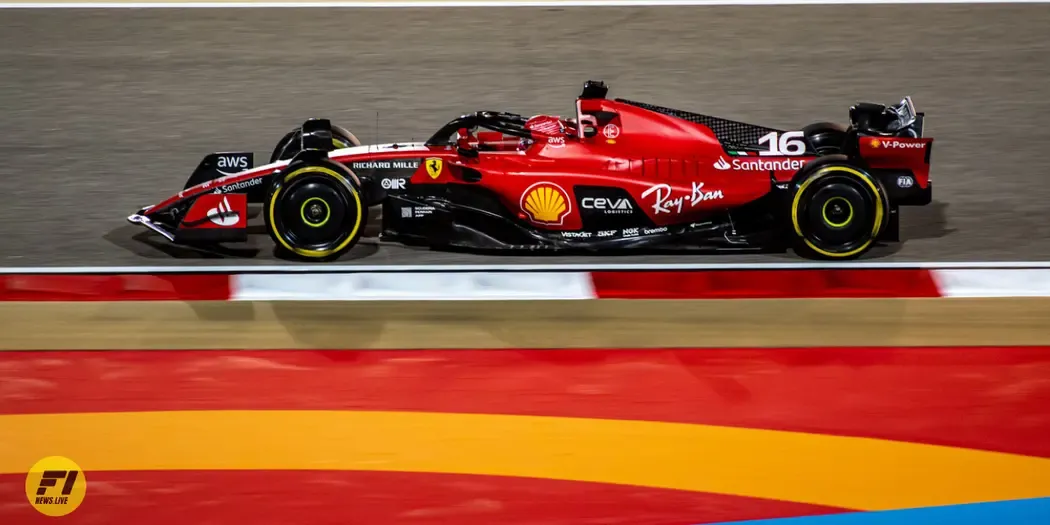
Ferrari's SF-23 test at Sakhir has left some doubts, especially when it comes to lap times and tire degradation, which was excessively high, especially with the C3 compound.
The comparison was made with the dominant Red Bull of Max Verstappen and Sergio Perez. While Ferrari's new team principal Frederic Vasseur expressed optimism, many were skeptical after the three-day test.
According to reports from Gazzetta.it, the Ferrari may have run their tests with a lot of fuel, which could have influenced their tire degradation.
It appears that all the sessions, including short runs, were conducted with a constant fuel load with refueling between 35-40 kg.
None of the sessions reportedly saw the fuel load drop below 20 kg at the end of the expected laps.
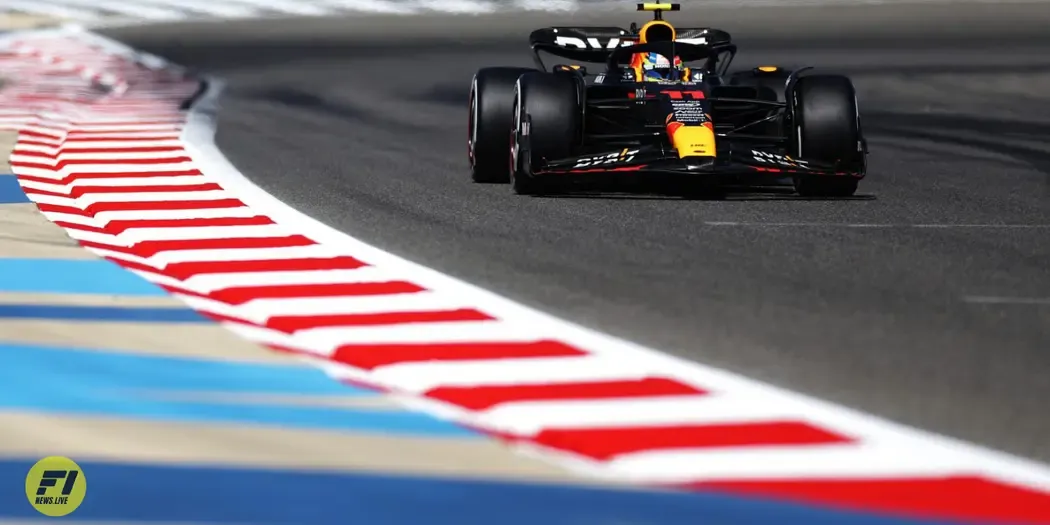
This could mean that Ferrari's performance in single flying laps was significantly masked, even in terms of the usage of the power unit.
Furthermore, the report states that the amount of fuel on board for the simulated race was only enough to complete the race distance, putting a significant amount of stress on the tires, particularly on a circuit like Sakhir.
While the data is not directly comparable to Red Bull's testing program, which involved shorter stints, this information could provide some clarity on Ferrari's performance.
It is worth noting that a direct comparison with Red Bull's program is not possible, but the report from Gazzeta.it does provide some insight into Ferrari's testing program.
Ferrari's use of a constant fuel load for all sessions, along with refueling between each run, could have contributed to their tire degradation, making it seem worse than it actually is.


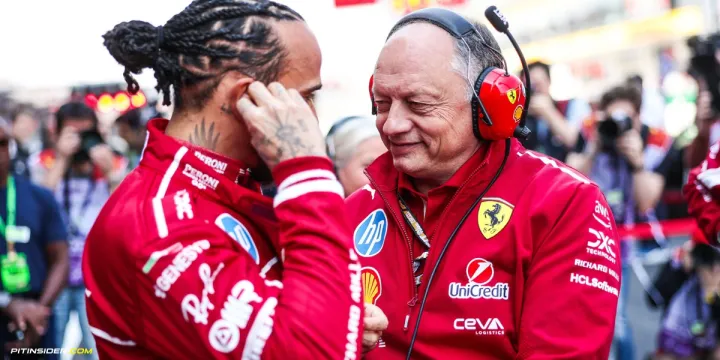
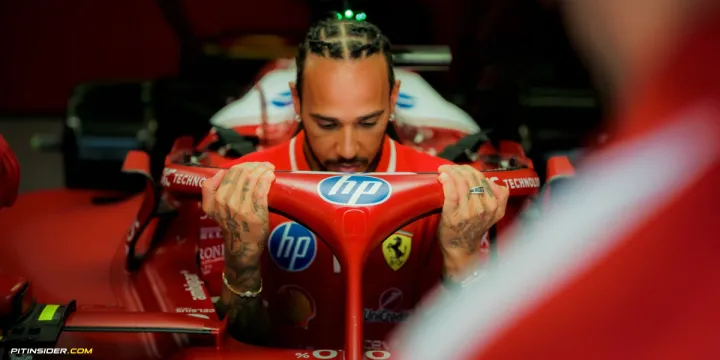
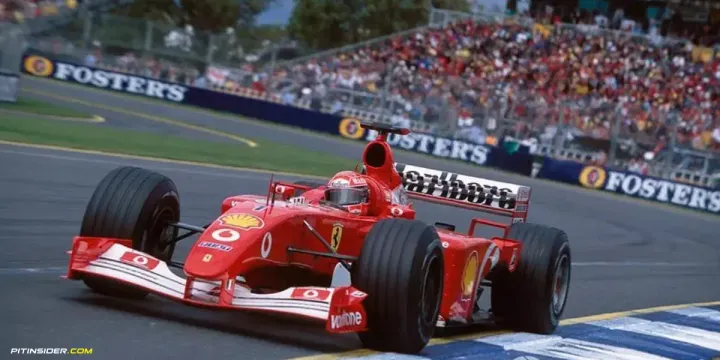
Comments ()